
Amalfi, il Chiostro del Paradiso YouTube
St. Andrew's Cathedral is the focal point of Amalfi Town, with its long, wide flight of stairs leading up from the Piazza Duomo to the Cathedral's black-and-white Entry. The alternating black and white stonework which adorns the façade of the Church, is another commonality with Monterosso. It gives the Cathedral a Moorish appearance.
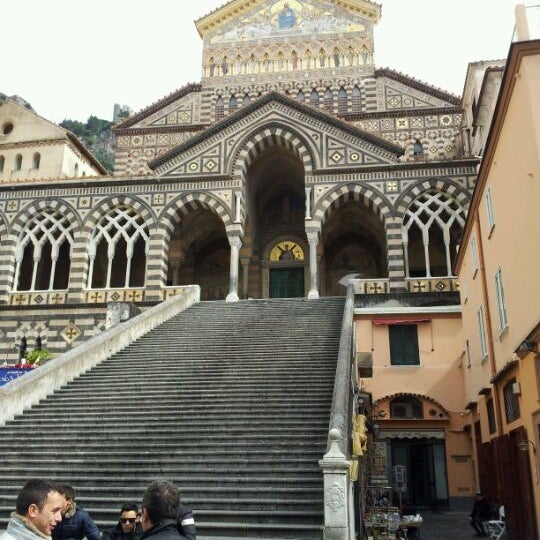
Cattedrale di Amalfi Chiostro del Paradiso 25 tips from 3722 visitors
Descrizione L'itinerario museale si sviluppa in quattro sezioni espositive: Chiostro Dipinti murali Tesoro del Duomo Dipinti e le sculture Sezione I - Chiostro Lungo le gallerie del chiostro, sono conservate opere provenienti dalla cattedrale, tra cui spiccano: Sarcofago greco con Ratto di Proserpina (prima metà del II secolo d.C.).
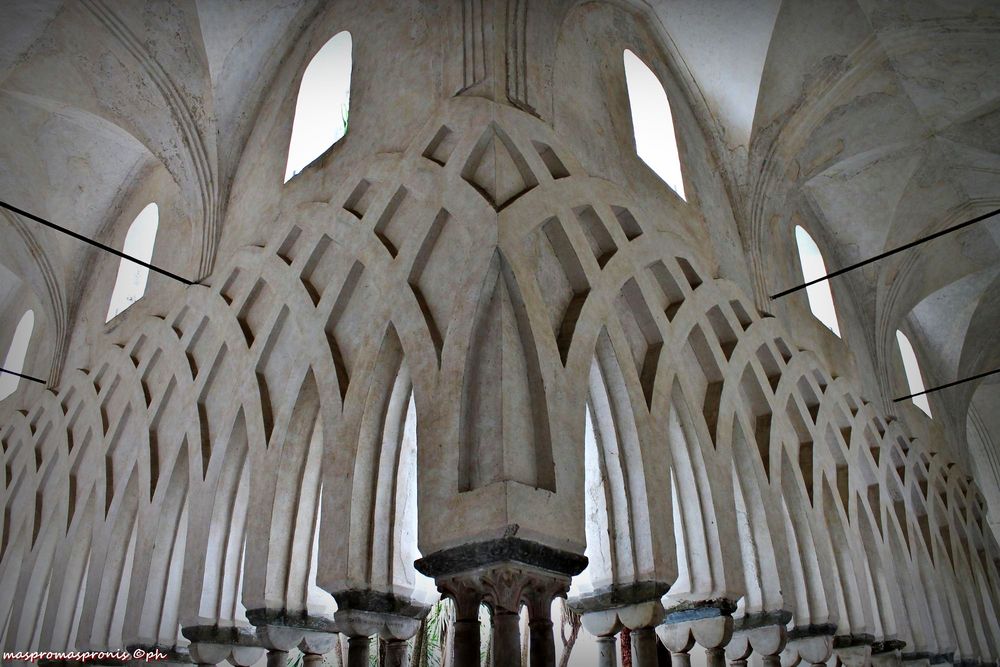
Duomo di Amalfichiostro Foto Immagini europe, italy, vatican city
Chiostro del Paradiso Amalfi, Italy, Europe Amalfi To the left of Amalfi's cathedral porch, these magnificent Moorish-style cloisters, complete with the remnants of 13th-century frescoes, were built in 1266 to house the tombs of Amalfi's prominent citizens; 120 marble columns support a series of tall, slender Arabic arches around a central garden.

Chiostro del Paradiso Duomo Amalfi La cattedrale di San… Flickr
1. From Sorrento/Nerano: Amalfi and Positano Boat Tour Once on board, the boat tour will depart at 9:00am from Marina del Cantone. First, you'll sail around Li Galli island, where the myth of Ulysses and the Sirens is said to have been set.

Chiostro del Paradiso di Amalfi. 12661268
Chiostro del Paradiso 458 Bewertungen Nr. 4 von 49 Aktivitäten in Amalfi Religiöse StättenKirchen & Kathedralen Bewertung schreiben Informationen Dauer: Unter 1 Stunde Bearbeitungen vorschlagen, um zu verbessern, was wir anzeigen. Diesen Eintrag verbessern Touren und Erlebnisse Sehen Sie sich verschiedene Möglichkeiten an, diesen Ort zu erleben.

Chiostro Del Paradiso Interior Details Amalfi HighRes Stock Photo
Chiostro del Paradiso 458 reviews #4 of 49 things to do in Amalfi Religious SitesChurches & Cathedrals Write a review About Duration: < 1 hour Suggest edits to improve what we show. Improve this listing Tours & experiences Explore different ways to experience this place. See options All photos (546) Plan your visit Recommended Tours & Sightseeing
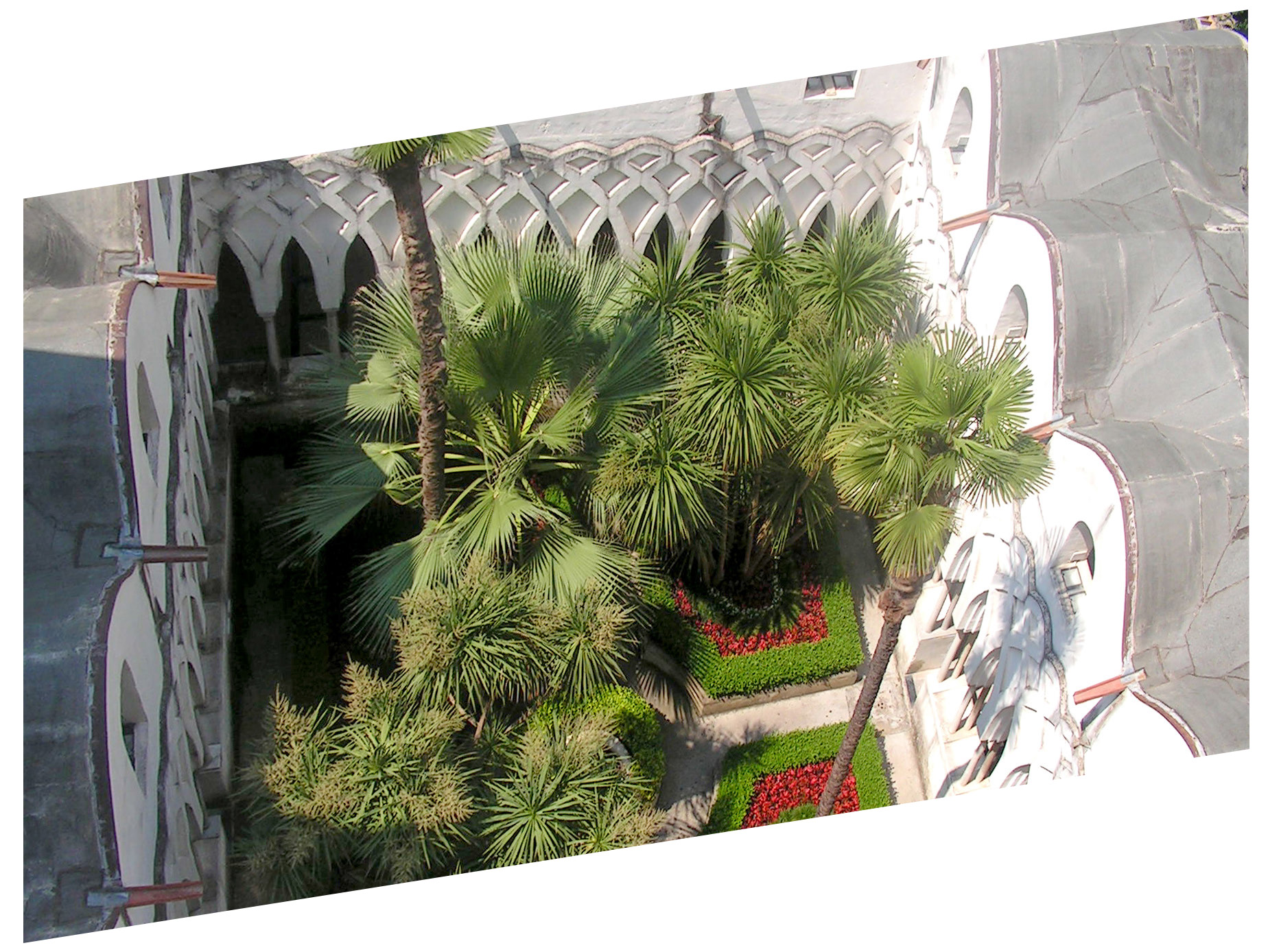
Il Chiostro del Paradiso Museo Diocesano di Amalfi
1 review of Chiostro del Paradiso "To the left of Amalfi's great Cathedral porch stand these magnificent Moorish style cloisters. They contain the remnants of 13th-century frescoes. Built in 1266 to house the tombs of Amalfi's prominent citizens. The120 marble columns support a series of tall, slender Arabic arches around a central garden. Very beautiful to see."

Il Chiostro del Paradiso. Paradise Cloister, in Amalfi Cathedral, Italy
Il Chiostro del Paradiso - Heaven's Cloister. The Chiostro del Paradiso was originally built to be a cemetery for the noble families of Amalfi. In the inner part you can find five amazing sacrophagi, representing: the kidnapping of Proserpina; the wedding of Peleo and Teti; Romolus and Remus, while being suckled by the she-wolf

Cattedrale di Amalfi Chiostro del Paradiso 22 tips from 2815 visitors
The Chiostro del Paradiso is a tranquil cloister adjacent to the Amalfi Cathedral. It was built in the 13th century and serves as a burial site for noble Amalfitans. What makes it truly remarkable are the well-preserved Arabian-style arches, intricate frescoes, and a lush garden in the center.

Amalfi Cattedrale di Sant'Andrea Chiostro del Paradiso Amalfi
Nel corso di recentissimi lavori di restauro all'interno del Chiostro del Paradiso (XIII sec.), promossi dal Museo Diocesano di Amalfi e sotto l'Alta Sorveglianza della Soprintendenza Archeologica, Belle Arti e Paesaggio di Salerno e Avellino nella persona del Funzionario, responsabile di zona, dott.ssa Lina Sabino, per effettuare il necessario.
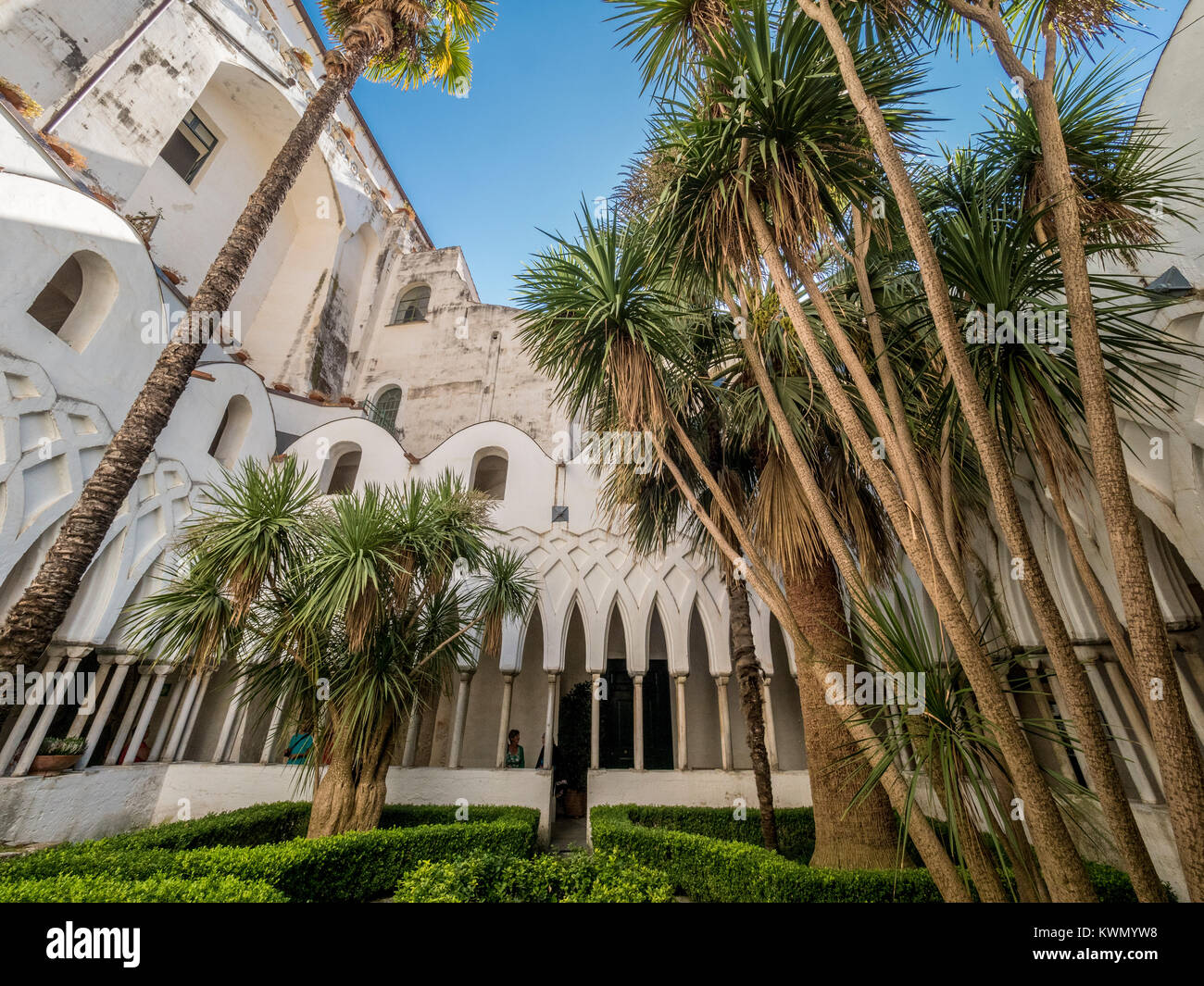
Chiostro del paradiso amalfi hires stock photography and images Alamy
Chiostro del Paradiso Fatto costruire nel 1268 dall'arcivescovo Filippo Augustariccio, rappresentò a lungo il cimitero della nobiltà amalfitana. Col termine "paradiso" si indicava infatti nel Medioevo un luogo di sepoltura collegato ad una chiesa importante e circondato da un portico.

GetCOO travel Amalfi Chiostro del Paradiso GETCOO Travel Blog
Il Chiostro del Paradiso È l'antico cimitero dei nobili di Amalfi che fu realizzato tra il 1266 e il 1268. L'arte con la sua bellezza ci fa sentire più vicini a Dio. Qui gustiamo il fascino di questi inconfondibili archi intrecciati, sostenuti da 120 esili colonnine, dal forte sapore d'Oriente.
_edited1.jpg?etag=W%2F)
il chiostro paradiso holidayamalfi.it
DENOMINAZIONE: Chiostro del Paradiso DOVE STA: Piazza Duomo DESCRIZIONE: Il Chiostro fu costruito alla metà del XIII secolo dal vescovo Augustariccio, per creare il cimitero della nobiltà amalfitana, anche se le sepolture durarono solo fino al 1500 a causa delle condizioni igieniche che vennero a determinarsi.
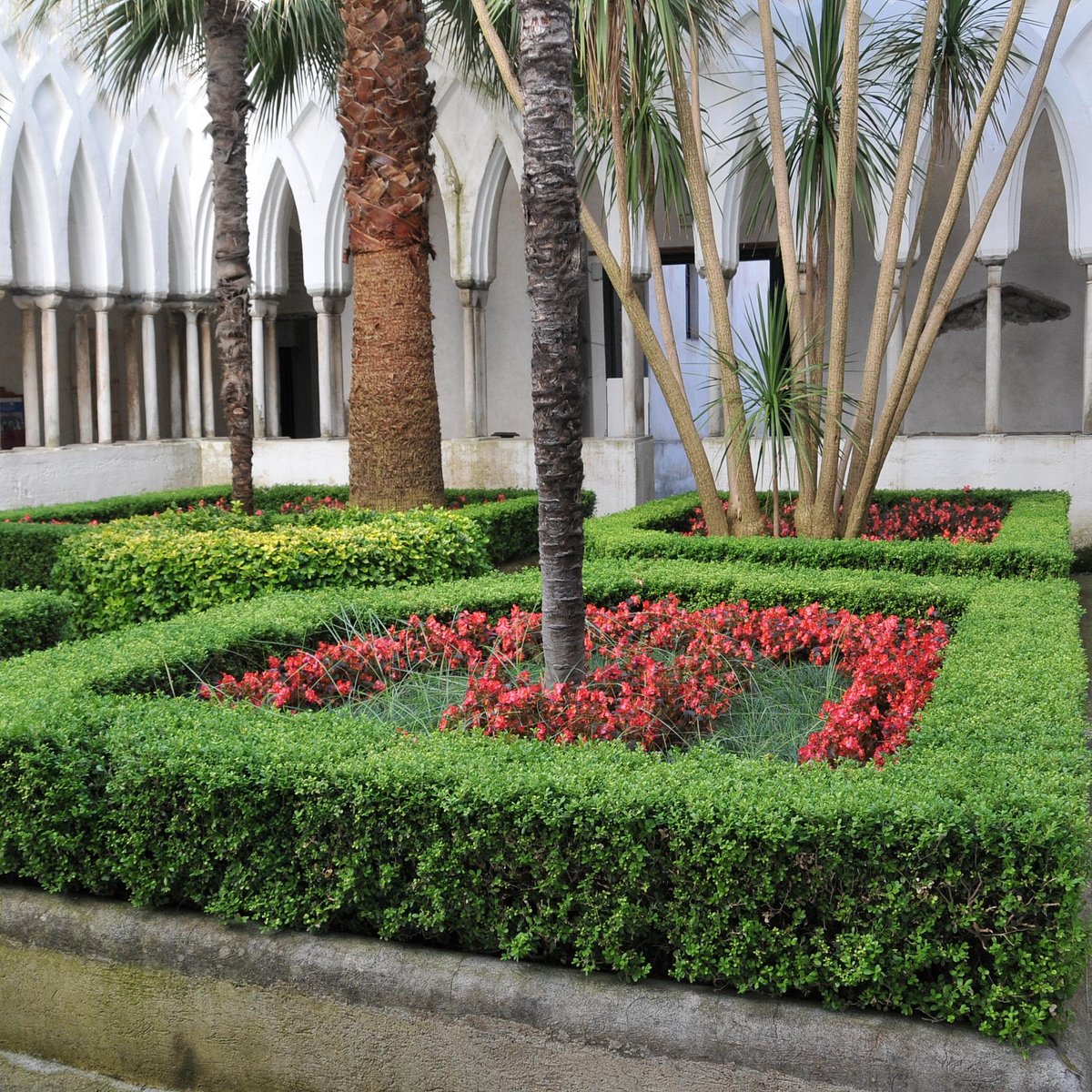
Chiostro del Paradiso (Amalfi) 2023 Alles wat u moet weten VOORDAT je
Descrizione Il chiostro è in stile romanico [2]; ha la classica forma quadrangolare: al centro è un giardino di palme e intorno quattro portici con volta a crociera. A separare il giardino dai portici una serie di archi a sesto acuto in stile moresco [2] che scaricano su una doppia fila di centoventi colonne [5] con capitello a stampella [3] .
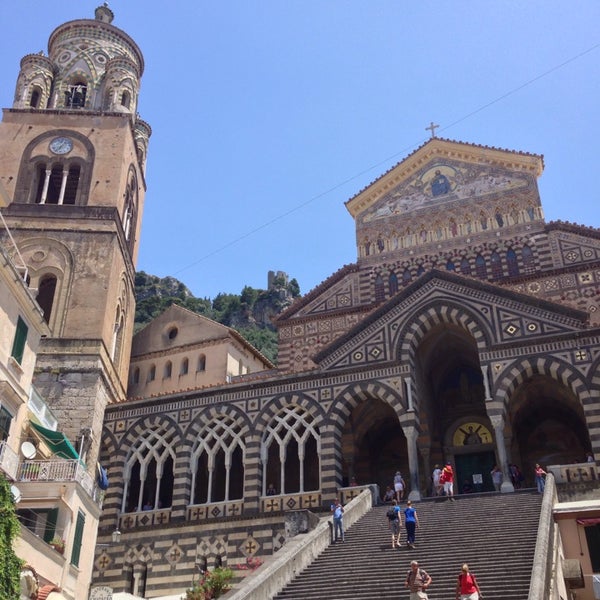
Cattedrale di Amalfi Chiostro del Paradiso 25 consigli da 3684
The Chiostro del Paradiso ('Cloister of Paradise') was built by Filippo Augustariccio between 1266 and 1268 and was used as a burial ground for noble families of Amalfi.The white columns and pointed arches reflect the clear influence that the Arab world had on Amalfi, similar to those found in the courts of the palaces of the Middle East.

Chiostro del Paradiso di Amalfi. 12661268 Architektur
NAME: Cloister of Paradise LOCATION: Piazza Duomo DESCRIPTION: The Cloister was built in the mid-13th century by Bishop Augustariccio, to create the cemetery of the Amalfi nobility, although burials lasted only until the 1500s because of the hygienic conditions that arose.